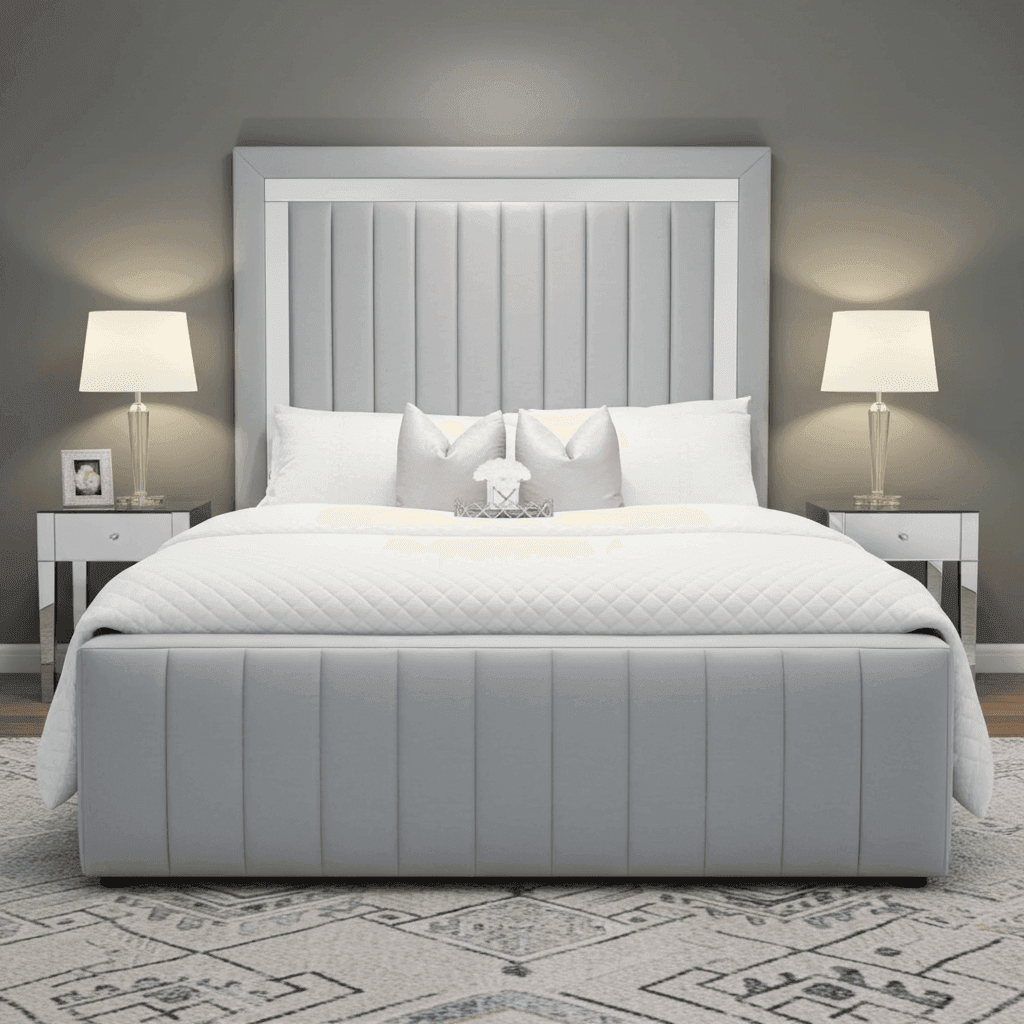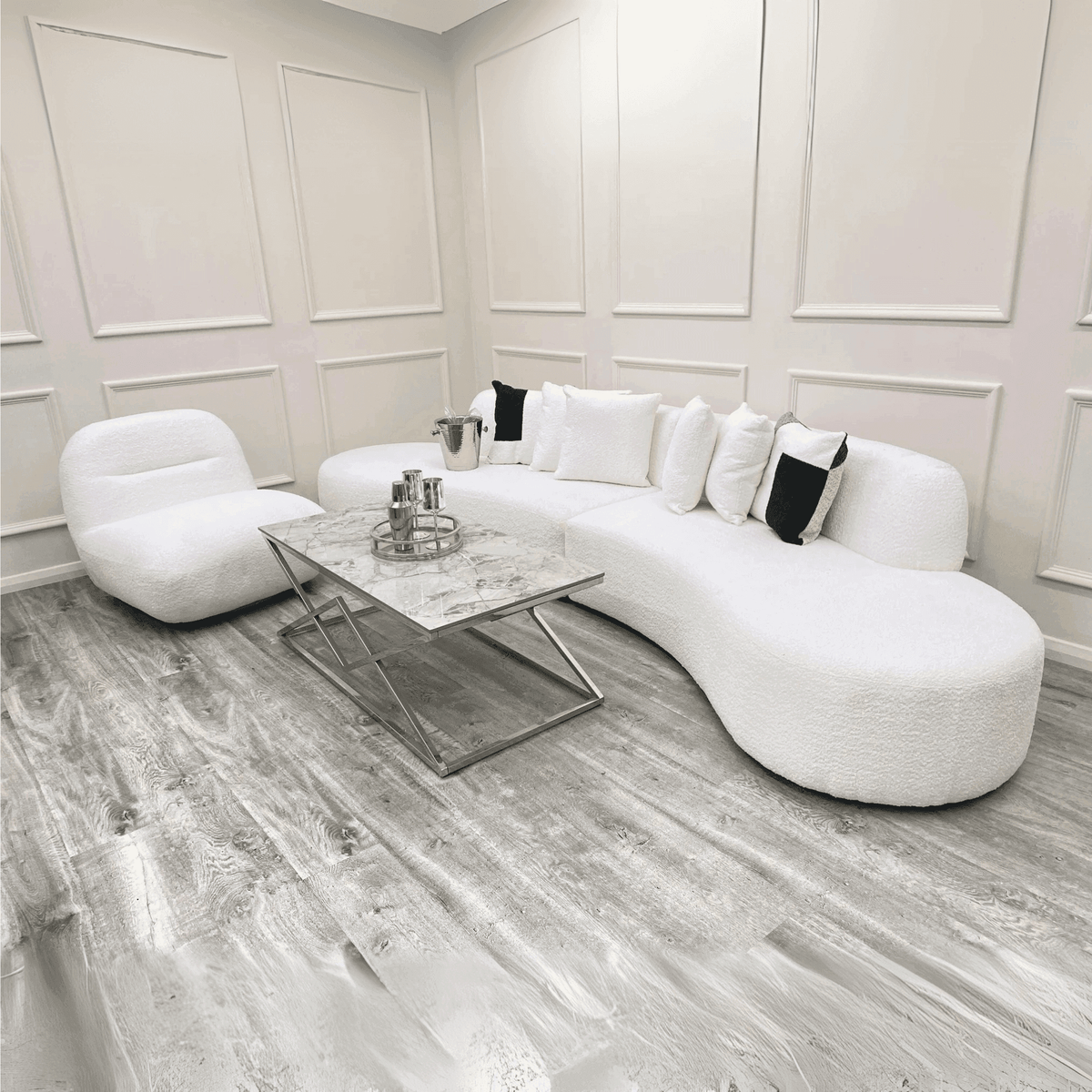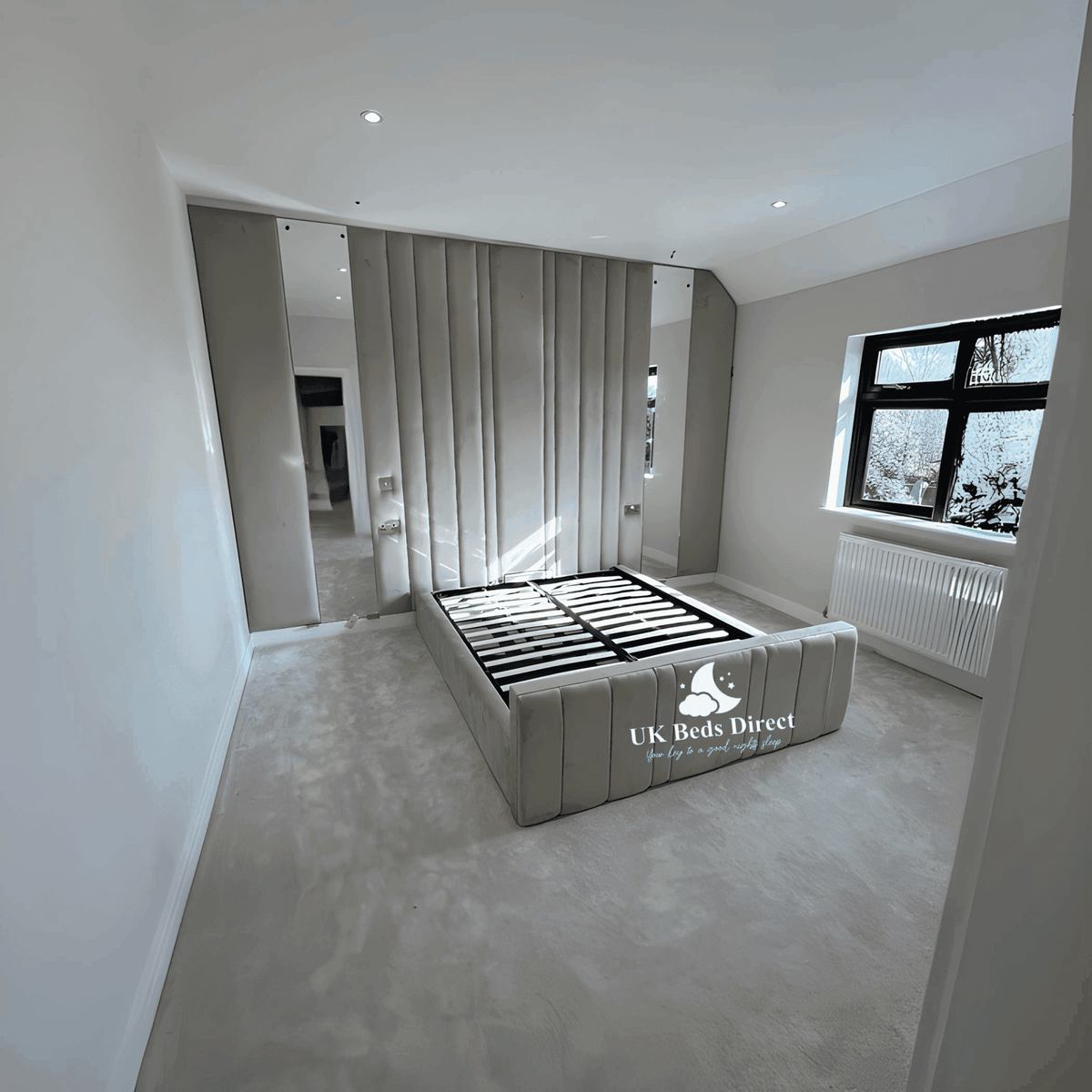CornerBench: Revolutionizing Benchmarks in Computing
"Maximize your cornerbench with top tips on functionality and style, transforming it into a versatile and stylish space feature."
In the rapidly evolving world of computing, measuring performance and efficiency is more critical than ever. This is where CornerBench comes into play—a groundbreaking benchmarking tool designed to set new standards in evaluating computing systems' performance.

What is CornerBench?
CornerBench is a comprehensive benchmarking suite that provides a holistic approach to assessing the performance of computing systems. Unlike traditional benchmarks, which often focus on isolated aspects of a system, CornerBench offers a multi-dimensional analysis, providing insights into a system's overall performance, reliability, and efficiency.
Benefits of CornerBench
- Comprehensive Performance Evaluation: CornerBench offers a broad analysis of computing systems, assessing various performance metrics such as processing speed, memory efficiency, and energy consumption. This comprehensive evaluation helps users gain a holistic understanding of their systems' capabilities and limitations.
- Customization and Flexibility: With its modular design, CornerBenchs allows users to tailor the benchmarking process to their specific needs. This flexibility ensures that users can focus on the performance aspects most relevant to their systems or applications.
- Cross-Platform Compatibility: Being compatible with a variety of platforms, CornerBenchs can be used to benchmark different types of systems, from personal computers to large servers. This versatility is crucial for organizations that operate across multiple computing environments.
- Actionable Insights: CornerBenchs not only provides detailed performance data but also offers insights that can guide users in optimizing their systems. By identifying bottlenecks and areas for improvement, CornerBenchs helps users enhance their systems' efficiency and reliability.
- User-Friendly Interface: Despite its advanced features, CornerBenchs is designed with an intuitive interface, making it accessible to both experts and novices. This ease of use encourages broader adoption and enables users to conduct benchmarking without extensive technical knowledge.
What are some tips for integrating a corner bench with different types of beds ?
- Queen Bed:
- Place the corner bench at the foot of the queen bed to create a cohesive look. Ensure the bench height does not exceed the mattress level to maintain visual harmony.
- Choose a bench design that matches the style and color of the queen sized bed. For example, if the bed has a modern look, select a bench with clean lines and a contemporary design.
- Panel Bed:
- A panel bed often features distinctive headboards and footboards. Position the corner bench to one side of the bed, creating a convenient seating area that doesn't clash with the bed's design.
- Coordinate the materials or colors. If the panel bed is made of wood, a wooden corner bench with a similar finish can complement the bed nicely.
- Wing Beds:
- Wing beds have extended headboard sides that can make the room feel more enclosed. Placing a corner bench at the bed's foot or on the side can help balance the space.
- Select a bench that doesn't compete with the wing bed's statement headboard. A simpler, more understated bench design can complement the bed without overwhelming the space.
- Sleigh Bed:
- Sleigh beds feature curved headboards and footboards, reminiscent of a sleigh. Since they're often the room's focal point, position the corner bench to the side of the bed rather than at the foot to avoid visual clutter.
- Choose a bench that echoes the sleigh bed's curves or has soft, rounded edges to harmonize with the bed's distinctive shape.
Factors to Consider Before Buying a CornerBench
- Purpose and Need: Understand why you need a CornerBenchs. What specific problem are you trying to solve, or what goal are you trying to achieve with it? Ensuring that the product aligns with your needs is crucial.
- Compatibility: If CornerBench is a software tool or a piece of equipment, check its compatibility with your existing systems or environment. Ensure it integrates well with your other tools or space.
- Features and Specifications: Examine the features and specifications of CornerBench. Ensure it has all the necessary capabilities you need and doesn't include superfluous features that unnecessarily inflate the cost.
- Quality and Durability: Investigate the build quality or the robustness of the software. If it's a physical product, what materials is it made of? If it's software, how stable and reliable is it?
- Cost: Consider the price and evaluate it in the context of your budget and the value it provides. Cheaper isn't always better, especially if it compromises quality or doesn't meet your needs effectively.
- Reviews and Recommendations: Look for reviews or testimonials from other users or customers. Their experiences can provide valuable insights into the product's real-world performance and reliability.
- After-Sales Support: Consider the level of customer service and support offered. If something goes wrong or if you need assistance, how easy is it to get help?
- Ease of Use: Whether it's a piece of software or a physical product, it should be user-friendly. If it's too complicated or cumbersome, it may not be the best choice, regardless of its other attributes.
- Scalability and Upgradeability: If applicable, consider whether CornerBench can grow or adapt to your evolving needs. Can you add more features or expand its capabilities in the future?
- Warranty and Return Policy: Understand the warranty and return policy. Knowing you can return the product if it doesn't meet your expectations can provide peace of mind.
Types of cornerbench
- Furniture: In the context of furniture, a corner bench usually refers to a seating solution designed to fit in or utilize corner spaces efficiently. These can vary widely in design, material, and purpose:
- Kitchen Corner Benches: Often used in dining areas, especially in kitchen nooks, to provide a comfortable and space-efficient dining seating solution.
- Outdoor Corner Benches: Designed for garden or patio use, made with weather-resistant materials.
- Storage Corner Benches: These come with built-in storage under the seating area, ideal for shoes, tools, or other items in entryways or bedrooms.
- Computing: If we're conceptualizing "CornerBench" as a computing tool or software, it could have various types:
- Performance Benchmarking Tools: Software designed to test and measure the performance of computer hardware or software.
- Network Benchmarking Tools: Used to test the efficiency and speed of network connections or devices.
- Database Benchmarking Tools: Specialized tools for testing database management systems and their performance under various conditions.
- Gym Equipment: In a fitness context, a corner bench might refer to a type of bench designed to fit in a corner, maximizing space efficiency in a gym or home fitness area. Such benches might be used for weightlifting or other forms of exercise.
Installation Process and Maintenance Tips
Installation Process:
Furniture-Type CornerBench:
- Check Components: Verify all parts are present by comparing with the inventory list.
- Follow Instructions: Assemble the bench following the step-by-step guide provided.
- Tools Needed: Use the correct tools, typically a screwdriver or Allen wrench, which might be included.
- Positioning: Place the bench in the designated corner, ensuring it doesn't block pathways.
- Secure the Bench: If necessary, anchor the bench to the wall or floor for added stability.
Software-Type CornerBench:
- Download: Obtain the software from a reliable source.
- System Compatibility: Ensure your system meets the software's requirements.
- Install: Execute the installation file and adhere to the setup instructions.
- Configuration: Set up the software based on your needs, adjusting settings as required.
- Activation: If needed, activate the software using a license key or through an online process.
Maintenance Tips:
Furniture-Type CornerBench:
- Regular Cleaning: Use appropriate cleaning methods based on the material (e.g., damp cloth for wood, suitable cleaners for metal).
- Weight Limit: Avoid exceeding the manufacturer's recommended weight capacity.
- Element Protection: For outdoor benches, use protective covers or ensure materials are weather-resistant.
- Inspect Joints: Regularly check and tighten any loose screws or bolts.
- Immediate Stain Treatment: Address spills quickly to prevent permanent stains, especially on fabric or wood.
Software-Type CornerBench:
- Update Regularly: Install software updates for enhanced features and security.
- Backup Data: Routinely back up configurations or important data.
- Performance Monitoring: Keep an eye on the software's performance, troubleshooting issues as they arise.
- Community Engagement: Utilize user forums or support for troubleshooting tips or to maximize software use.
- Maintain Security: Follow best practices for software security to protect your data and system integrity.
Tips for Maximizing the Use of cornerbench
- Define the Purpose: Identify what you primarily want to use the corner bench for. Is it for extra seating, storage, a reading nook, or decorative purposes? Defining its purpose will guide how you set it up and utilize it.
- Incorporate Storage: If your corner bench has under-seat storage, use it to store items that are not frequently used but still need to be accessible. This could include seasonal decorations, extra cushions, blankets, or even books and games.
- Add Comfort: Enhance the comfort of the corner bench by adding plush cushions, throws, and pillows. This not only makes it more inviting but also allows you to introduce color and texture to your space.
- Utilize Vertical Space: If the bench is positioned against a wall, consider adding shelving above it to create additional storage or display space. This can be an excellent spot for books, photos, plants, or decorative items.
- Create a Focal Point: Make the corner bench a focal point in the room by using bold colors, patterns, or a unique design. You can also position it under a window to create a cozy window seat that invites natural light.
- Combine with a Table: If space allows, pairing a small table with the corner bench can transform it into a functional dining area or a workspace. This is particularly useful in small apartments or homes where space is at a premium.
Key Features
- Comprehensive Metrics: CornerBench evaluates a wide array of performance indicators, including processing speed, memory usage, energy efficiency, and more.
- Modular Design: The tool is designed with a modular architecture, allowing users to customize the benchmarking process according to their specific needs.
- Cross-Platform Compatibility: CornerBench is designed to run on various platforms, making it a versatile tool for benchmarking different systems and environments.
- User-Friendly Interface: Despite its sophisticated underlying technology, CornerBench features an intuitive interface that makes it accessible to both technical and non-technical users.
Impact on the Industry
Since its release, CornerBench has made a significant impact on the computing industry. It has been adopted by numerous organizations, ranging from tech giants to academic institutions, for its comprehensive and reliable performance analysis. Moreover, CornerBench has contributed to the advancement of computing technologies by providing detailed insights that drive innovation and improvement.
Conclusion
In conclusion, a corner bench is a versatile and functional piece of furniture that can significantly enhance the utility and aesthetic appeal of any space when utilized effectively. By clearly defining its purpose, incorporating storage solutions, ensuring comfort, and personalizing the area, you can transform a simple corner bench into a focal point of your room or an essential feature that complements your lifestyle. Whether it's used as a cozy reading nook, extra seating, a dining space, or a decorative element, the corner bench offers endless possibilities for maximizing space and adding character to your home or commercial environment. With the right approach, a corner bench can not only optimize your living space but also provide a stylish and inviting ambiance that resonates with your personal style and functional needs.
Frequently Asked Questions
How can I determine the best use for my corner bench?
A1: Consider the needs of your space and how a corner bench can fulfill those. Whether it's for additional seating, storage, or decorative purposes, defining its primary function will guide you in utilizing it effectively.
Q2: What are some ways to enhance the comfort of a corner bench?
A2: Add plush cushions, throws, and pillows to make the bench more inviting and comfortable. These elements can also introduce color and texture to your space.
Q3: How can I utilize the space above and around a corner bench?
A3: Consider adding shelving above the bench for extra storage or display space. You can also use the wall space to hang art or photos, enhancing the area's visual appeal.
Q4: Can a corner bench be used as a dining or workspace?
A4: Yes, pairing a corner bench with a small table can create a functional dining area or workspace, especially in compact living spaces.
Q5: What are some tips for maintaining the aesthetic appeal of a corner bench?
A5: Regularly update the decor, such as cushion covers and decorative items, to keep the space fresh and in tune with the season or your current style preferences.







0 comments